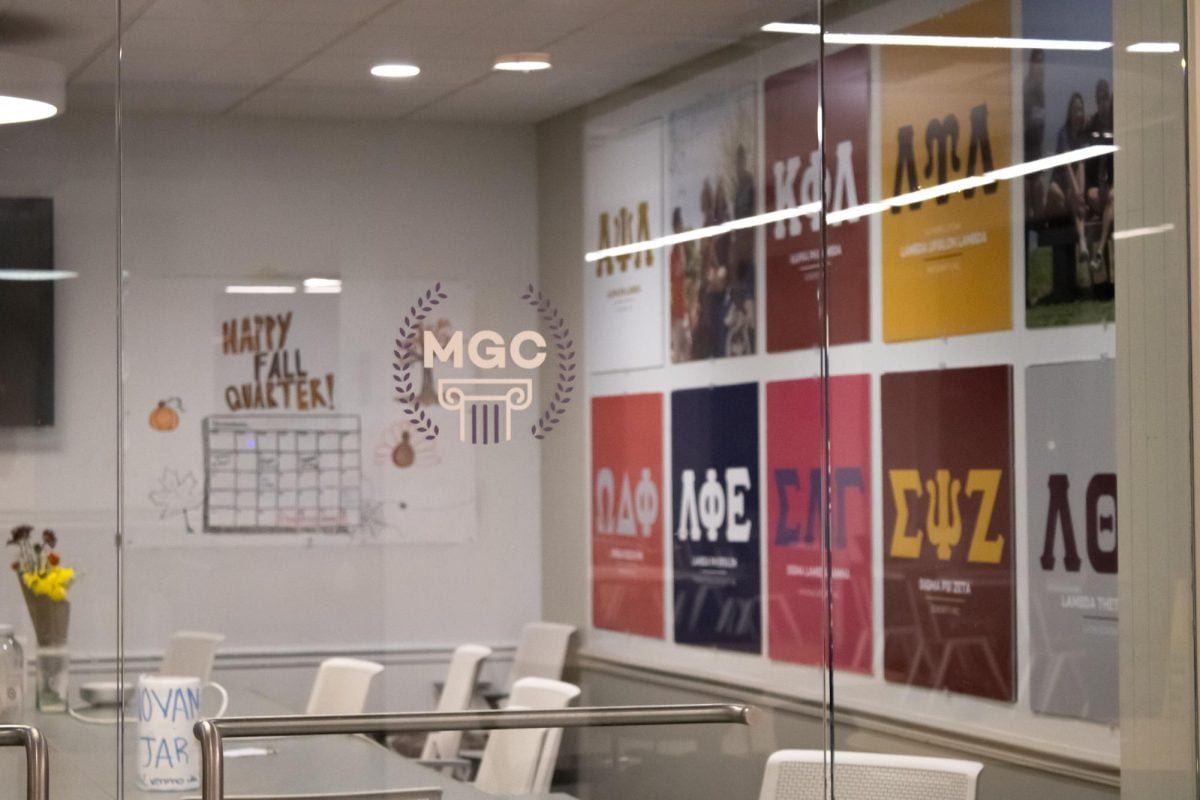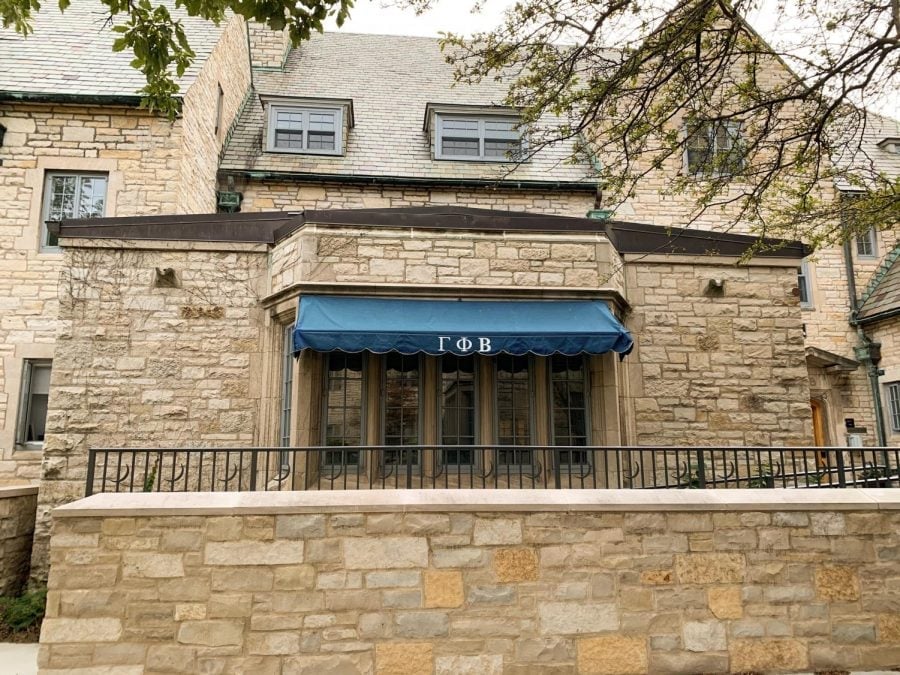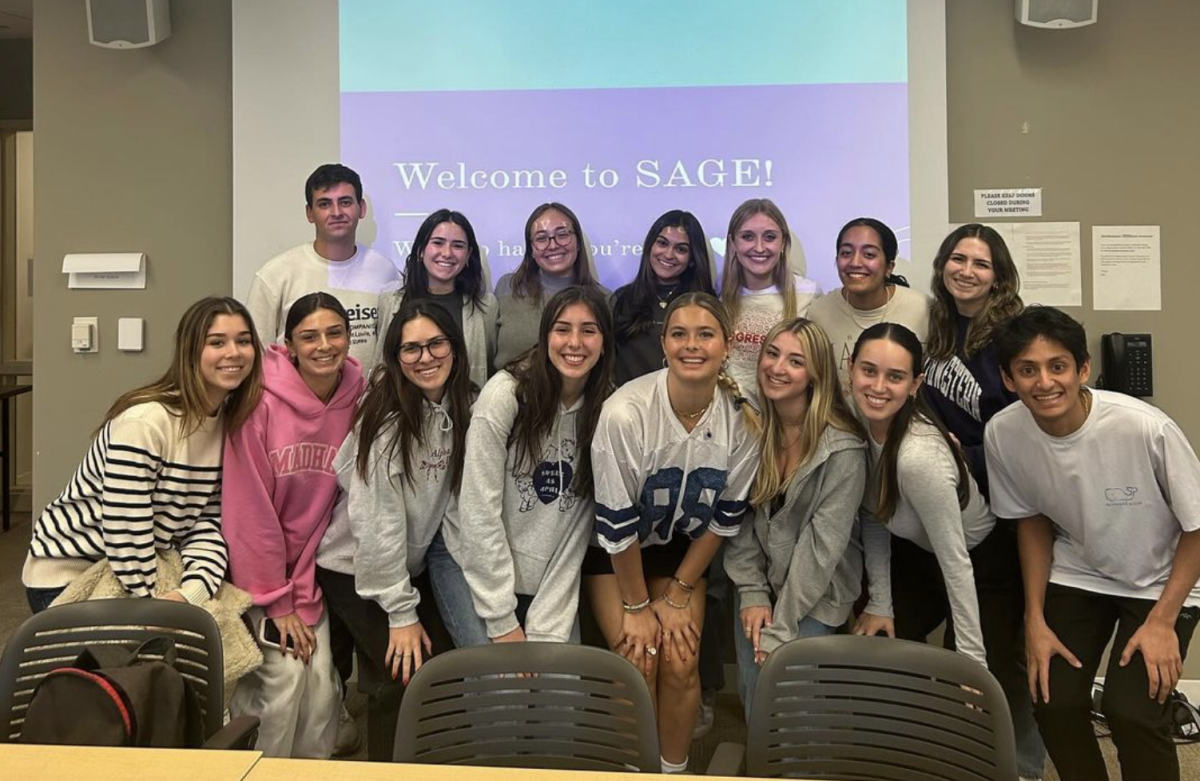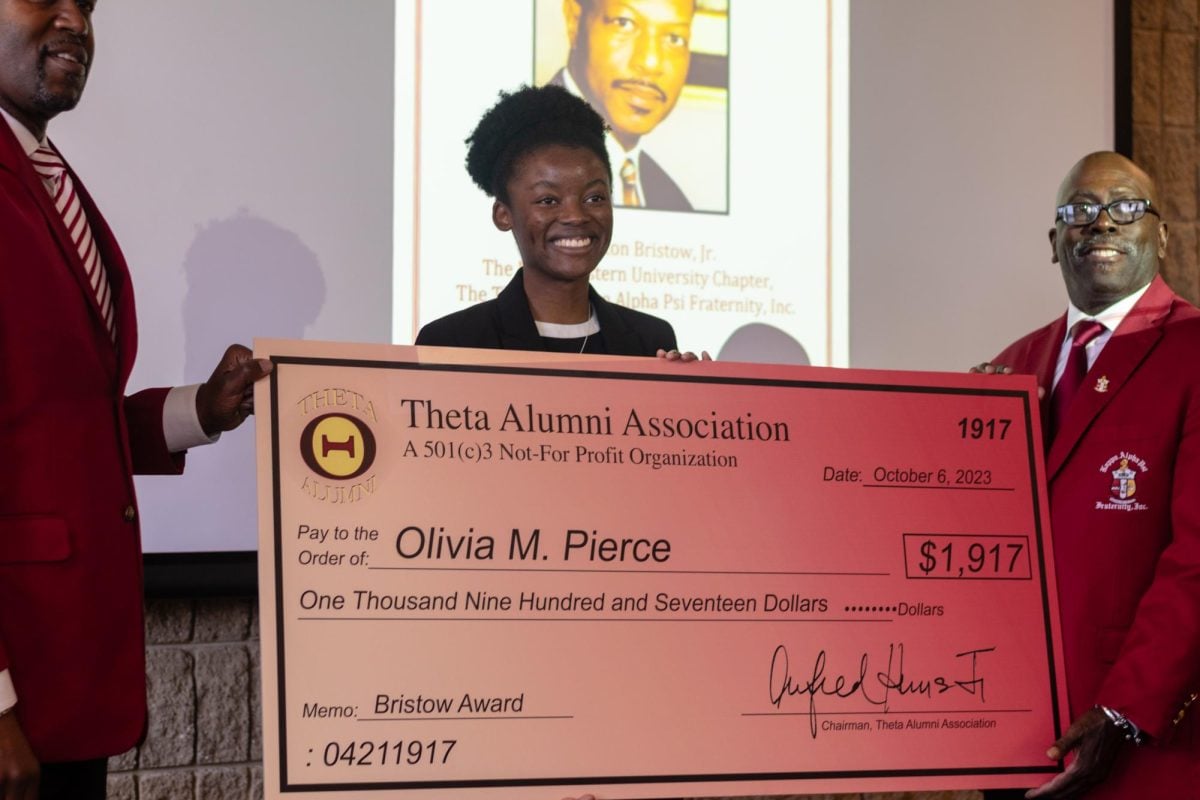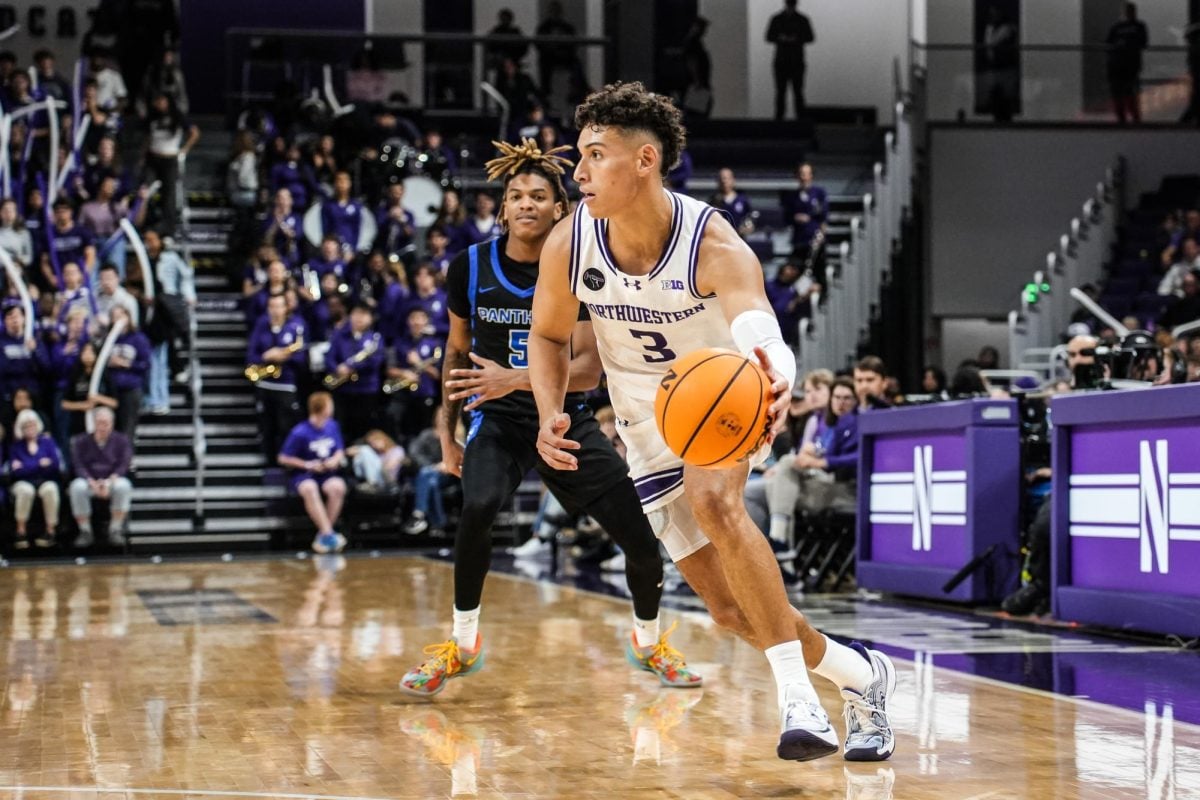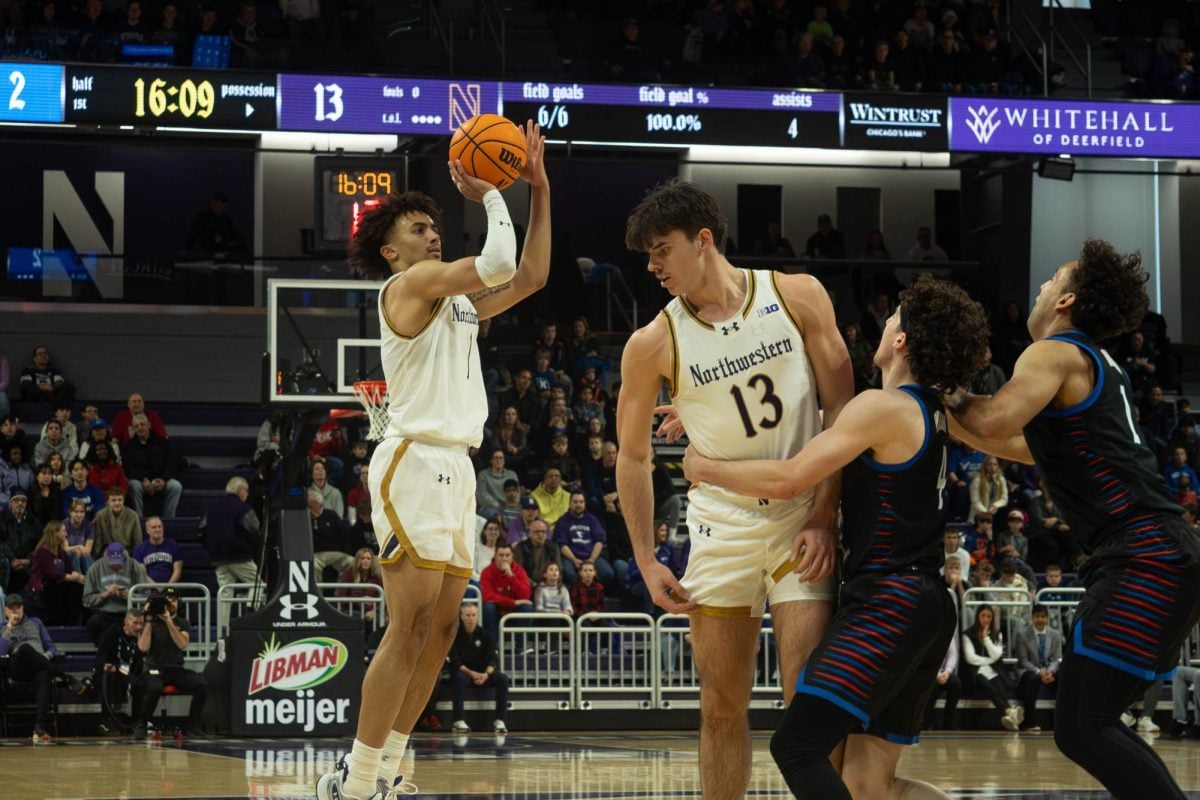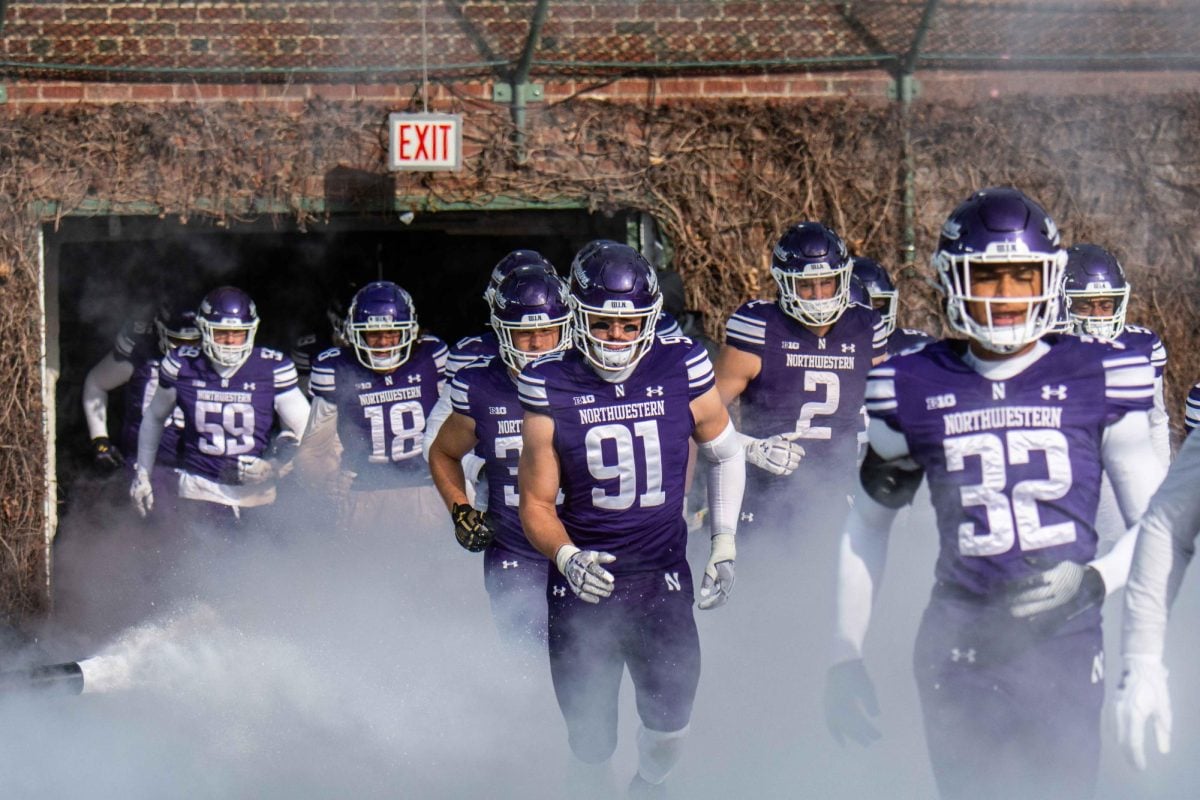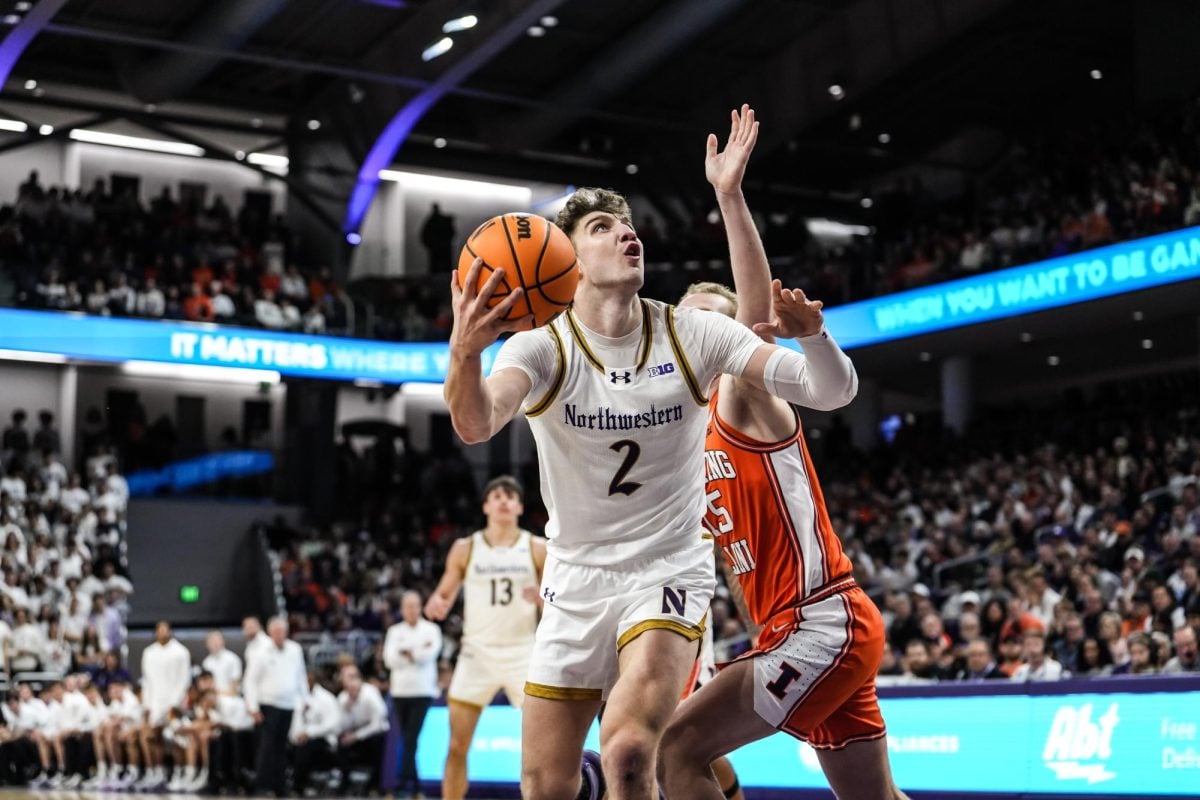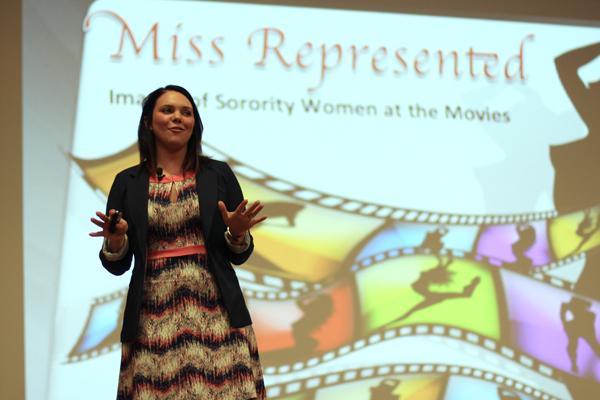
Drawing from her modeling stint in Dove’s controversial Real Beauty campaign, Stacy Nadeau on Monday urged Northwestern sorority women to embrace healthy body images and push back against negative stereotypes of Greek life.
“I was in my underwear on billboards and in magazines,” Nadeau told about 400 members of the Panhellenic Association at its grand chapter meeting in Ryan Auditorium.
The goal of the ad series is to redefine beauty standards by portraying what women look like without airbrushing and other cosmetic alterations. It started in 2005 with a Times Square billboard showing six women whom Dove described as having “real beauty.”
The campaign’s latest ad has been criticized for portraying mostly young white women who are thin and blonde, despite its underlying message about modern conceptions of attractiveness.
“It’s all about empowering women to embrace a healthy image,” Nadeau said.
Nadeau also spoke at grand chapter four years ago.
“We try to bring a speaker that represents our values,” said Kathryn Thomas, PHA vice president of risk management and a SESP junior. “I think she has a great message — for women to feel empowered.”
At this year’s event, Nadeau spoke about how women in sororities can combat negative stereotypes and change the media portrayal of Greek organizations.
Nadeau has parlayed her role on the Real Beauty campaign into a career speaking about body image and stereotyping. She said she believes most criticisms of the campaign — that it lacks diversity and does not portray enough larger women — are unjustified. She also gave an interactive presentation tackling how Greek women can improve the image of sororities on campus and with friends and family.
The Dove team makes a conscious effort to ensure the women they choose for the campaign are at a healthy weight, Nadeau said.
“You don’t want to blur the line of what health looks like,” Nadeau said. “The idea is to have a snapshot of what a healthy woman really looks like.”
The women featured in the initial campaign ranged from size 2 to 12, Nadeau said, and none of the photographs of the models were altered in any way.
The most recent ad has come under fire for featuring mostly young white women who are thin and blonde. The video depicts these women as they describe themselves in detail to an artist, who sketches an image of them in pencil without looking at them. Then the artist draws a picture of the women based upon the description others give. The images invariably end up looking more accurate — and more beautiful — when others are giving the description.
“I think it has a clear objective — to show women that other people see them in a better light than they see themselves,” said Sally Lindel, a Communication sophomore who attended the event.
Lindel said the ad campaign has a good premise but falls short of its mission.
“If you’re trying to show women as a group that they’re beautiful, why wouldn’t you make your sample representative?” Lindel asked, pointing out that most women featured are white and attractive.
Nadeau said the selection process for the original campaign was rigorous, with many rounds of interviews. She pointed to the campaign’s focus on interviews as evidence that Dove was looking for intelligence in its models.
“It taught me that it wasn’t all about looks,” Nadeau said.






